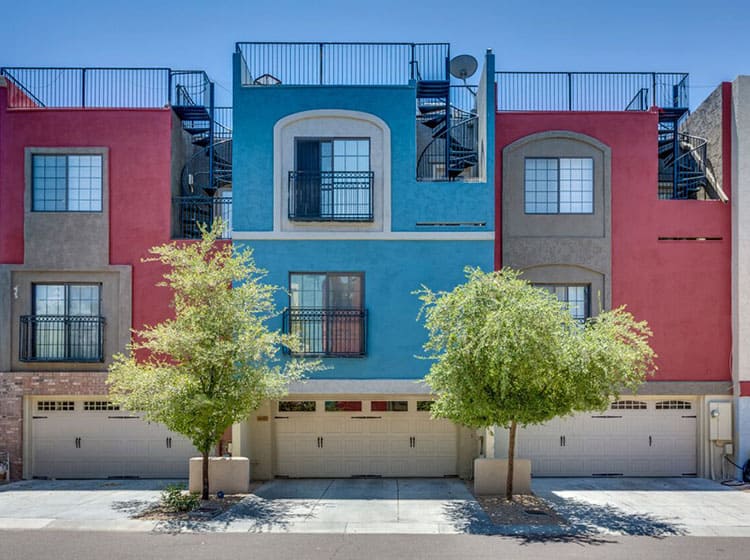Recognizing Seasonal Influences On Commercial Outside Paint: Essential Expertise For Success
Recognizing Seasonal Influences On Commercial Outside Paint: Essential Expertise For Success
Blog Article
commercial exterior painting service Create By-Ford Rosendal
When you're preparing an industrial outside paint job, seasonal aspects can make or damage your results. You'll want to consider just how temperature and moisture influence paint application and drying times. Selecting the right period can ensure your paint sticks properly and lasts longer. Yet which seasons are really the most effective for this sort of job? Allow's explore the crucial elements that can influence your task's success.
The Influence of Temperature on Paint Application
When you're planning a commercial external painting job, the temperature can considerably affect how well the paint sticks and dries.
Preferably, you intend to repaint when temperatures range between 50 ° F and 85 ° F. If it's as well chilly, the paint might not treat properly, leading to problems like peeling off or breaking.
On the other hand, if it's too hot, the paint can dry out too rapidly, stopping appropriate attachment and resulting in an uneven finish.
You must additionally consider the time of day; early morning or late afternoon uses cooler temperatures, which can be extra desirable.
Constantly inspect the maker's referrals for the particular paint you're using, as they often supply advice on the suitable temperature range for optimum outcomes.
Moisture and Its Effect on Drying Times
Temperature level isn't the only environmental factor that affects your industrial exterior painting project; moisture plays a considerable role as well. High humidity levels can reduce drying times drastically, influencing the overall quality of your paint job.
When the air is saturated with moisture, the paint takes longer to treat, which can result in issues like poor adhesion and a greater danger of mold development. If you're repainting on an especially moist day, be gotten ready for extended wait times between coats.
It's crucial to keep an eye on local weather and plan accordingly. Ideally, go for humidity degrees between 40% and 70% for ideal drying out.
Maintaining these factors in mind ensures your project stays on track and delivers a long lasting surface.
Best Seasons for Commercial Exterior Paint Projects
What's the most effective season for your commercial exterior paint tasks?
Spring and very early autumn are usually your best choices. Throughout these periods, temperature levels are light, and humidity levels are commonly reduced, creating perfect conditions for paint application and drying.
Avoid summer's intense heat, which can cause paint to dry as well swiftly, causing poor bond and finish. Similarly, winter's cool temperature levels can hinder correct drying out and healing, taking the chance of the longevity of your paint work.
Go for https://www.housedigest.com/1005186/tips-for-perfectly-painting-your-bathroom/ with temperature levels in between 50 ° F and 85 ° F for optimum outcomes. Bear in mind to examine the regional weather prediction for rain, as wet problems can spoil your job.
Planning around these elements ensures your painting task runs smoothly and lasts much longer.
Conclusion
In conclusion, preparing your business external paint tasks around seasonal factors to consider can make a substantial distinction in the result. By https://home-painters-near-me00998.blognody.com/36499597/explore-the-present-strategies-and-trends-in-home-painting-and-be-fascinated-by-the-original-ideas-for-changing-your-living-atmosphere during the excellent temperature levels and humidity levels, you'll ensure much better bond and drying out times. Keep in mind to watch on regional weather report and select the right time of year-- springtime and very early autumn are your best options. Taking these actions will assist you achieve a resilient and specialist coating that lasts.
